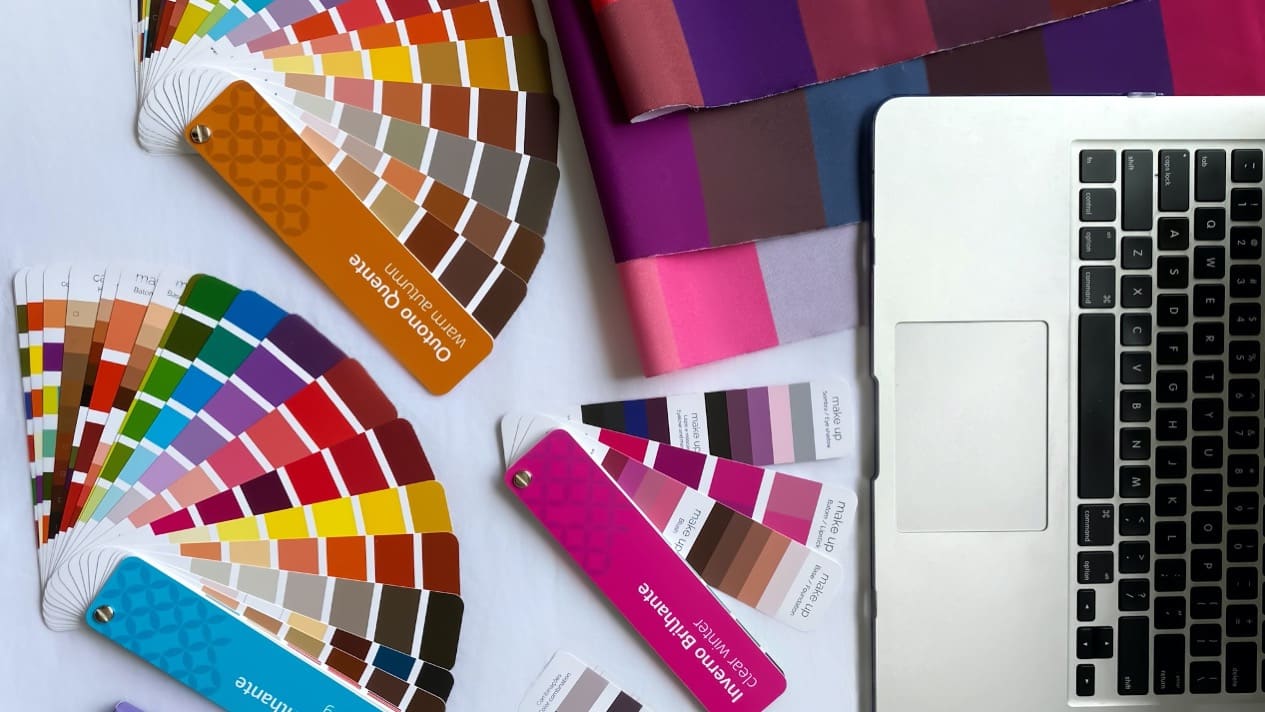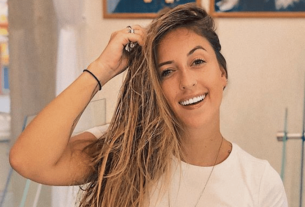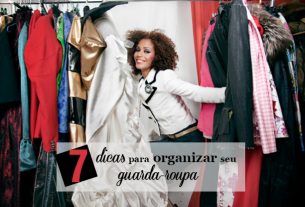Personal Color Analysis is a great tool for you to learn which colors favor your look most. Click here to learn more!
The analysis of personal coloring plays a very important role in the construction of the image of people, allowing to highlight or attenuate certain elements in their appearance, from the use of shades of color more or less suitable for each beauty.
Sure, you have already watched some makeup tutorial on the internet, but by using the products with similar colors, you may not have obtained the desired results. Or, borrowing an outfit that looks amazing in your friend, when wearing it, you felt ‘remollated’.
Do you know why this happens? This difference is attributed to the distinct shades present in people: in hair, skin, eyes, etc..
Want to understand a little better what it is and how personal color analysis works? Keep here with us!
What is and how does personal coloring work?
Personal coloring is a concept that aims to identify the colors that most favor the appearance of a person, taking into account their skin tone, eye color, hair, etc. It is usually divided into seasons (summer, winter, autumn and spring) or in specific palettes (singing, cold, light, dark).
It is a tool that works by analyzing the colors that enhance the person’s skin, eyes and hair, creating harmony and visual balance. Professionals perform color tests to determine which shades work best for each individual, helping in the choice of clothes, makeup and accessories that highlight their natural beauty. Very interesting, isn’t it?
Palettes or cards – which are the collection of colors resulting from the analysis – are very important to guide you to use the best shade to value your beauty.
Why do personal color analysis?

There are some advantages to doing personal color analysis. They are:
Use colors without fear of making mistakes
One of the great advantages of personal color analysis is to learn what are the colors and shades that most value their beauty. This enhancement is possible by achieving an optical/visual balance.
This helps to disguise some imperfections, such as naughty on the skin and ohclock, through a choice in which everything starts to make more sense to the tones that are present in you, in your skin, hair, eyes, eyebrows, etc.
In addition, with the cards in hand, it will be possible to come out of white and black or from the more neutral tones with greater security to hit. What is amazing, right?
2- Strategic purchases
By applying personal color analysis to your choices in shopping, you can put together a more efficient wardrobe, aesthetically pleasing and that enhances your unique beauty.
It’s a smart way to make your purchases more strategic, as well as more economical and assertive, and its appearance more impactful.
But of course, these strategic purchases will not only be of clothes, but also of accessories and makeup, taking into account the cards that will favor you the most. The complete combo of glamour!
3- You are more beautiful
Knowing which colors enrich your beauty, an important feeling is unleashed: self-esteem, which is a natural consequence of self-knowledge from the discovery of its color chart.
Thus, it is much easier to build the idea that it is presenting a balanced look as to the colors and tones selected for its production.
In addition, as already mentioned, using the most harmonic colors with their characteristics, you will look like a more rested look, disguise imperfections and o obscurers just by using the tones that talk to each other and that do not highlight what we want to hide. Like a make-up natural, but that physics explains.
4- Balanced combinations
Nothing more frustrating than making makeup and hair combinations that don’t favor us. Do you agree?
By better understanding what colors are presented in your skin, eyes, hair, etc. and its palettes, it is much easier to assemble productions that combine and, even if more dramatic, that will never sin by lack of color balance. It could be a calculated exaggeration!
What is the seasonal methodology?
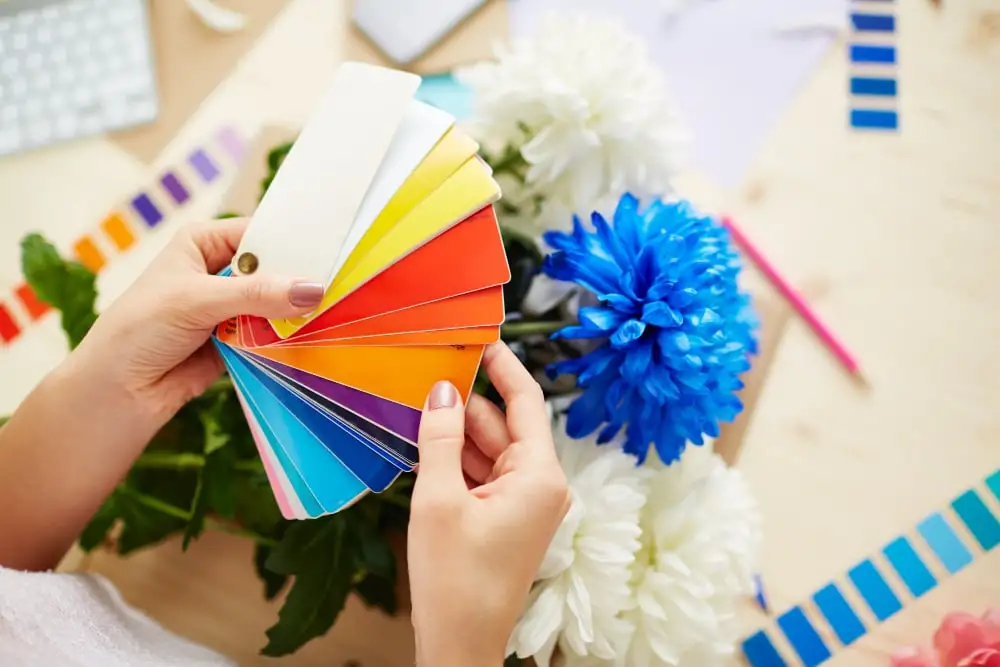
The seasonal methodology in personal coloration is a resource used to identify colors that best complement the appearance of a person based on their skin tone, mainly. This approach ranks individuals into four seasonal main categories: spring, summer, fall, and winter, each representing combinations of warm, cold, light, or dark tones.
Thus, by analyzing these characteristics, the methodology determines the ideal color palettes that enhance the natural beauty of a person, helping in the choice of clothes, makeup and accessories more favorable for the characteristics of each season.
How is the analysis done on this method?
The analysis of personal coloration with the seasonal method is based on the theory of the four seasons (spring, summer, autumn and winter) and how these seasons relate to the individual characteristics of people.
To find out which colors will value you, a test will be performed. In it, it is essential that you are without any remnant of makeup and with hair covered, so that the analysis is more effective.
Therefore, the consultant will use techniques such as approaching tissues or cards from the face, in order to understand which colors actually harmonize with the client.
What are the possible cards?
They are composed of a variety of colors grouped into different seasons. There are 12 in total. Check it out:
- Spring: clear, warm and bright
- Summer : soft, clear and cold.
- Winter : cold, dark and bright
- Autumn: soft, dark and warm.
What is the Freedom for Color (F4C) methodology?
The Freedom for Color methodology is structured within the personal color analysis, which aims to expand color options for individuals, providing freedom to explore a wider range of shades that match and enhance their appearance.
He was raised by consultant and mentor Jhanne Pires and has gained strength in the market. Unlike some stricter approaches, such as seasonal ones, Freedom for Colors is not limited to a specific set of predefined color palettes.
This methodology seeks to better understand the uniqueness of each person, considering factors such as skin temperature, subtone, intensity and brightness of personal characteristics together (beeps, eyes, etc.). Rather than classifying people into fixed categories as “stations,” it encourages experimentation and the discovery of tones that harmonize with the individual characteristics of each, thus extending the color options that can be used successfully.
It can be said, therefore, that F4C is a more flexible and personalized approach, allowing people to explore a wider variety of colors that adapt not only to color theory but also to individuality and personal preferences. This freedom provides a more inclusive and open way of considering personal coloration.
In addition, the “Freedom for Colors” methodology prioritizes freedom in the choice of colors, emphasizing individuality and personal expression, while the seasonal methodology, cited above, in the personal coloration; groups tones according to seasons of the year, associating specific colors, and taking into account, primarily, tone and subtone skin. Pretty cool, isn’t it?
How is the analysis done on this method?
In this method, skin, eyes and hair tones are evaluated, as well as unique characteristics such as temperature and intensity of the colors that most harmonize with the person. This is done through tests with different fabrics and color charts to identify which tones highlight the beauty and expression of each client, creating a personalized guide for choosing colors in clothes and makeup.
The Freedom for Colors method values individuality. It seeks to adapt the color palettes identified so that they fit the characteristics of each one.
Main benefits of this methodology
Among the benefits are:
- Flexibility in the Cars
- Identification of points of freedom of each client
- More detailed analysis with temperature, intensity and depth
How to do a professional analysis of personal coloring?
To perform a personal color analysis, the ideal is to have the assistance of a professional. This professional plays a fundamental role in providing information about their coloring, from the thorough analysis, contributing significantly to the improvement of the balance of their visual and their self-confidence.
Thamyris Curado, one of the rare consultants authorized to apply the F4C method, combines their knowledge in Style and Personal Coloring, with their expertise in Marketing and Communication. Its ultimate goal is to enhance people’s personal image. She believes that dressing well goes beyond the construction of a good image; it is actually a resource of communication and persuasion. This aspect not only shapes self-confidence, but also contributes to raising self-esteem.
Through Personal Color Analysis, Thamyris, along with you, will discover your color charts, based on your current look, that is, on the tonality, temperature and intensity of the color of your skin, hair, eyes. “I often say that there is no hair wrong, there is a wrong palette for that tone of hair. Of course, there are cases where I advise a more harmonious choice, especially in terms of respect for personal contrast. But, in general, I take into account the way the customer is, to suggest colors and cards that harmonize more with her at this time, “he comments.
Therefore, if you want to have more self-confidence in the color choices of your productions, it will help you build a more assertive idea, focusing on your individual characteristics and your points of freedom (which allows you to have more than one coloring chart). Follow her work on Instagram ?ta.curado and request a Personal Coloring Analysis from a distance.
How is the analysis done remotely?
For the distance Personal Color Analysis, which is the type of service offered, Thamyris will send you a kit of handkerchiefs, which are essential for the discovery and investigation of your personal coloring characteristics, and every session will be conducted online. “Everything needs to be done in the natural light of the day, to preserve the personal tones and fabrics,” Thamyris explains.
It is very important to point out that the Personal Coloring made by Thamyris is not made by program or software, it is a detailed study and analysis done by herself, from the observation of the photos sent with the tissues and the characteristics that she observes from customers during the session.
Through this analysis, you will discover the color charts that are more harmonious for the shades you present in your eyes, hair, eyebrows, etc., in addition to your point of freedom, which is the great differential of this method.
The point of freedom consists of aspects in its characteristics that allow the elaboration of a bonus card. For example, people with neutral subtone skin, who even having one of the predominant temperatures usually hold hot and cold cards.
Do you get in the final dossier?
From all the points studied and discussed, taking into account your individuality, you will receive instructions from what was built during the period of analysis with the Thamyris Curado. See below:
1. Card and point of freedom
Within the color analysis, more specifically in the Freedom for Colors method, the proposal is that the client is not held hostage by a color chart.
Thus, the concept of points of freedom arises, which consist of personal characteristics of the client that allow it to harmonize with more than one color chart.
Therefore, instead of receiving hints with elements that can restrict it, the proposal is that it can go further and identify its points of freedom to better explore the colors that form its beauty.
2. Chromatic harmonies
In the final dossier of the Personal Color Analysis of the Cured, you receive some guidelines, based on color theory, about chromatic harmonies.
For the construction of chromatic harmonies, it is important to take into account the chromatic circle:
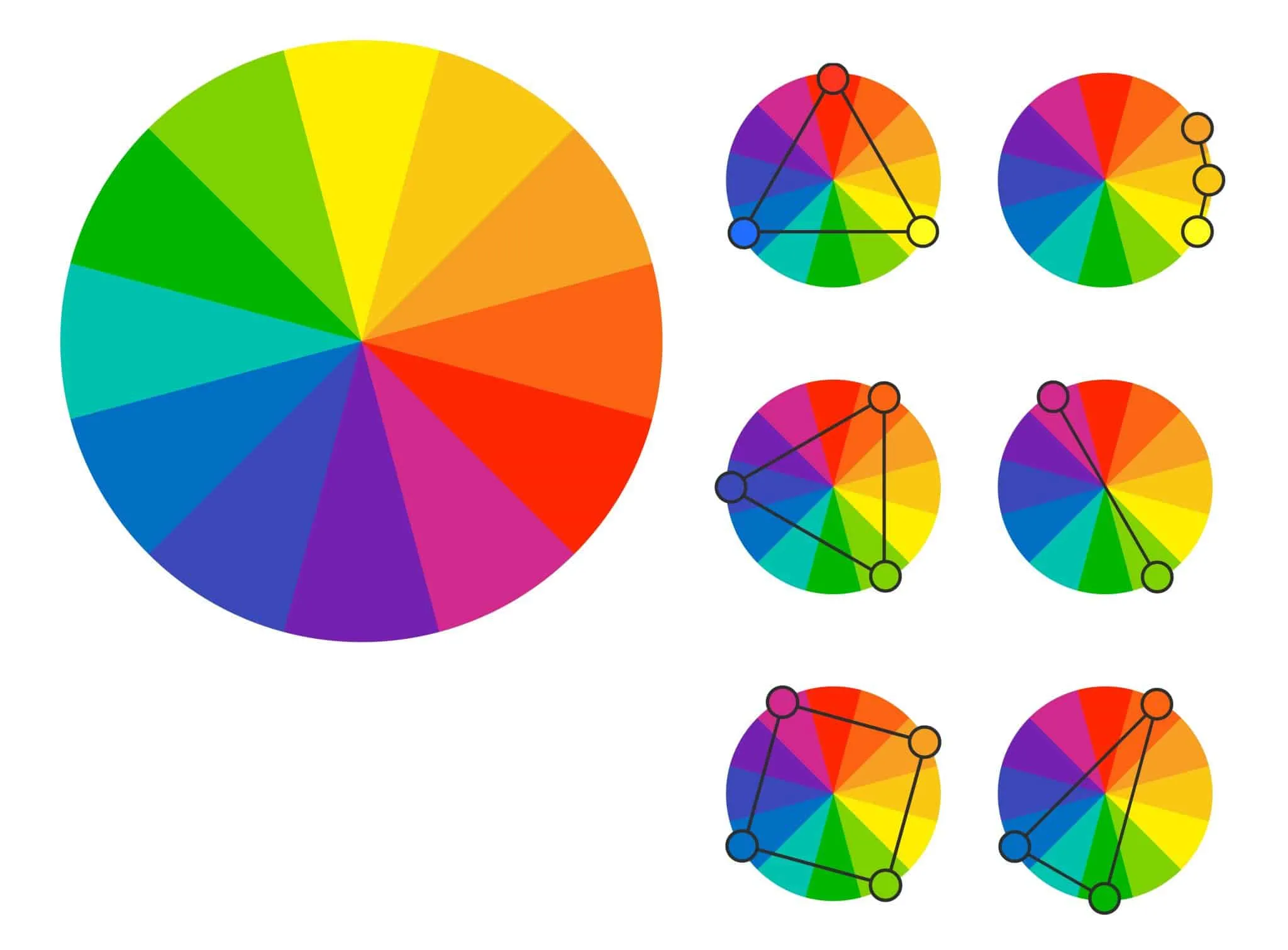
Within the chromatic harmonies, Thamyris teaches how to combine the colors with each other, considering different schemes, such as:
- Monochrome
- Complementary
- An analogue
- the Triad
- Complementary divided
- Rectangular
- Thetrad
- Achromatic
- Bicolor
Although it is not directly related to your final cards, with this more this information, it is much easier for you to select the colors of your looks and productions without fear of making mistakes in the combinations.
3. Tips of looks
After the analysis is over, you will receive general tips on how to assemble looks that can be easily replicated for various situations and personal styles.
Undoubtedly, this is a great bonus that Thamyris Curado offers, because this kind of theoretically based fashion knowledge is not usually very found and shared around, is it?
4.Combination of prints
The tips and guidelines on combinations of prints are also part of the final dossier of the Personal Coloring Analysis. It is important to note that these are also general tips, so it is not limited to your color chart.
This information is quite valid for you to learn to balance different prints and patterns without being very close and without causing visual shocks, bringing visual harmony to your looks.
5. The Psychology of Colors
Finally, his dossier prepared and delivered by Thamyris Curado will also present an attachment on the psychology of colors. In this part, you will know what are the types of emotions/feems and messages each color can communicate.
Thus, you can choose the type of color use in a certain situation to convey the desired message, based on this study that is widely used in several areas, such as architecture and marketing.
There is no denying that this dossier is very complete, with a lot of fashion information and that it is an investment that is very worthwhile!

